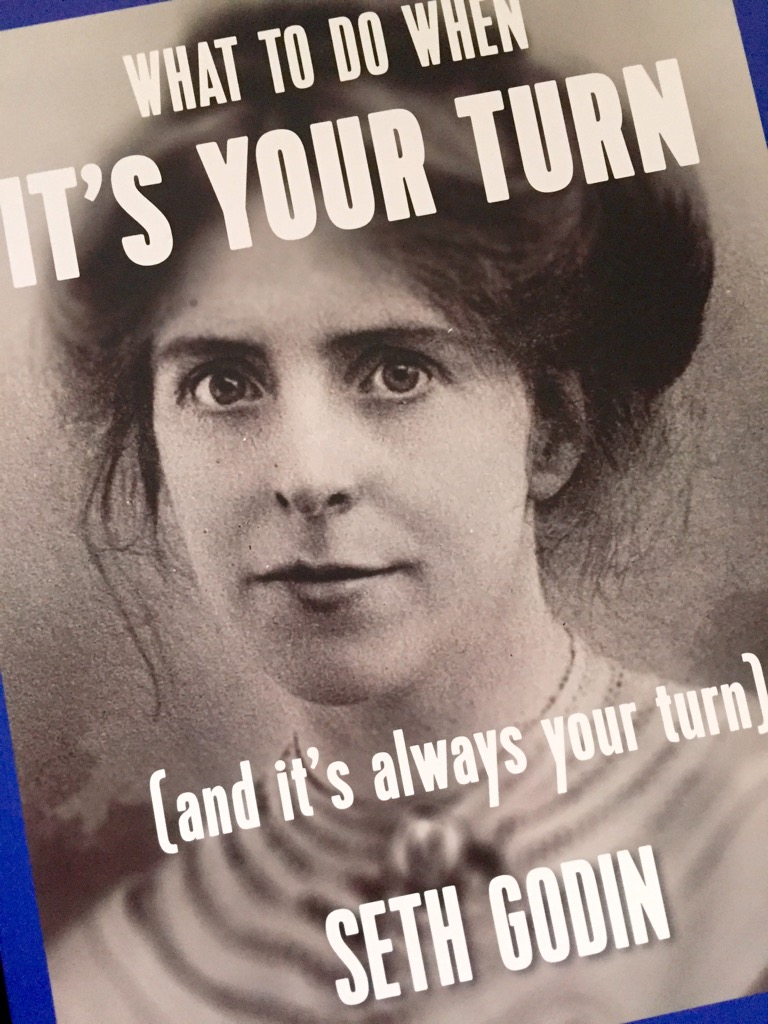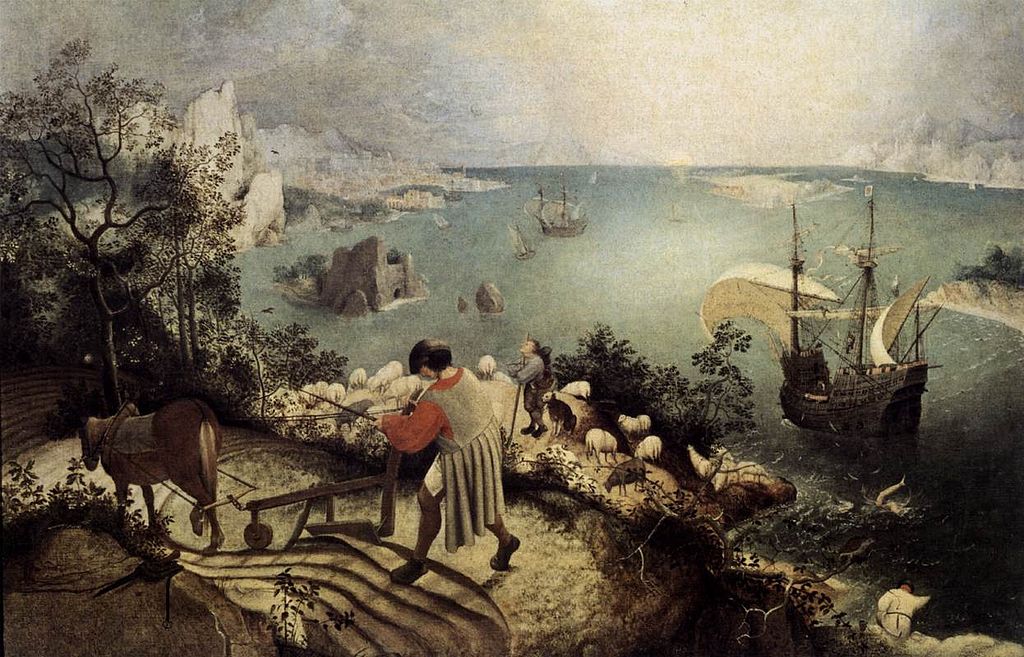A few months ago I shelled out a few dollars to support the most recent literary project of Seth Godin. The book is called ‘What to do when it’s your turn (and it’s always your turn)’. He described the book as an experiment (he’s kind of known for experiments), and more importantly he has described it as a book he wants shared with others. When it showed up in my post box there were five copies, not the three I had ordered. That was the bonus that was mentioned when I ordered back in early December, 2014. The bonus is intended to help buyers, particularly the early recipients of the book, share the message of the book with others. What is it about?

Basically, Seth Godin thinks we are wasting the chance of a lifetime. The book, in his words, is “an urgent call to do the work we’re hiding from, a manifesto about living with things that might not work and embracing tension when doing your art.” It continues his long term theme of embracing the tension, knowing that the anxiety before a decision is risk feedback and a visceral call to do great things. Mainly, it is a continuation of his manifesto to ‘ship’ your work. Realize that perfection is the enemy of productivity.


 ‘ has garnered a great deal of publicity lately, and rightfully so. It’s a good book by an impressive and visionary author. Quite aside from the content (which is great) the story of how the book came to be is a story in itself. Seth wanted to change the publishing paradigm that places enormous risk on the author and publisher by funding books before fully understanding the ultimate demand for them. He used the traditional publisher, but did so after he used
‘ has garnered a great deal of publicity lately, and rightfully so. It’s a good book by an impressive and visionary author. Quite aside from the content (which is great) the story of how the book came to be is a story in itself. Seth wanted to change the publishing paradigm that places enormous risk on the author and publisher by funding books before fully understanding the ultimate demand for them. He used the traditional publisher, but did so after he used 